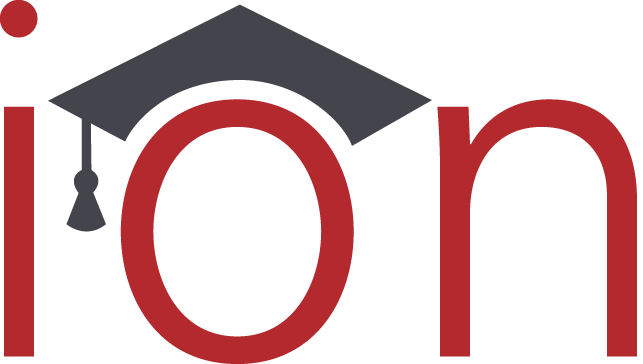Student Loan Statements Mailed Out Late
October was the first month in three years that federal student loan payments were due. However, millions of student loan borrowers are expected to miss their first payment following delayed mailing of student loan statements. Billing statements are required to be mailed 21 days before the payment due date. In some cases, borrowers didn’t receive statements until a week before.
Student Loan Billing Amounts Miscalculated
The Education Department reported “a small number of borrowers” received incorrect payment amounts on their bills. According to CBS news, over 300,000 student loan borrowers who enrolled in the new SAVE income-driven repayment plan were billed incorrect amounts. The Consumer Financial Protection Bureau’s latest report shows some student loan borrowers who enrolled in SAVE had their monthly payments miscalculated up to $2,500 per month.
Student Loan Servicer Hold Times
The same CFPB report found borrowers facing extremely long hold times, often over two hours, to reach a representative. Borrowers also reported dropped calls, website timeouts, and misinformation.
Federal Student Aid Had Its Budget Cut This Year
Student loan servicers began the return to repayment with limited resources to handle the millions of loan forgiveness applications, repayment plan changes (including implementing SAVE), and calls from borrowers with questions.
The Department of Education budget was cut 15% of FY2023, which forced student loan servicers to reduct staff and hours. Several federal student loan borrowers had ended their contracts with the Education Department, causing millions of borrowers to switch to a new servicer going into the return to repayment.
The head of Federal Student Aid, Richard Cordray, has promised to correct all of the mistakes for borrowers and hold servicers accountable. The Biden administration has requested a larger budget for the fiscal year 2024, which Congress hasn’t approved yet.
IonTuition is a Supplemental Third-Party Student Loan Servicer
IonTuition continues to operate a supplemental third-party servicer as defined by the Department of Education. We can help borrowers avoid long wait times and hopefully take some of the workload off of federal servicers by answering borrower questions and supporting repayment plan changes.

